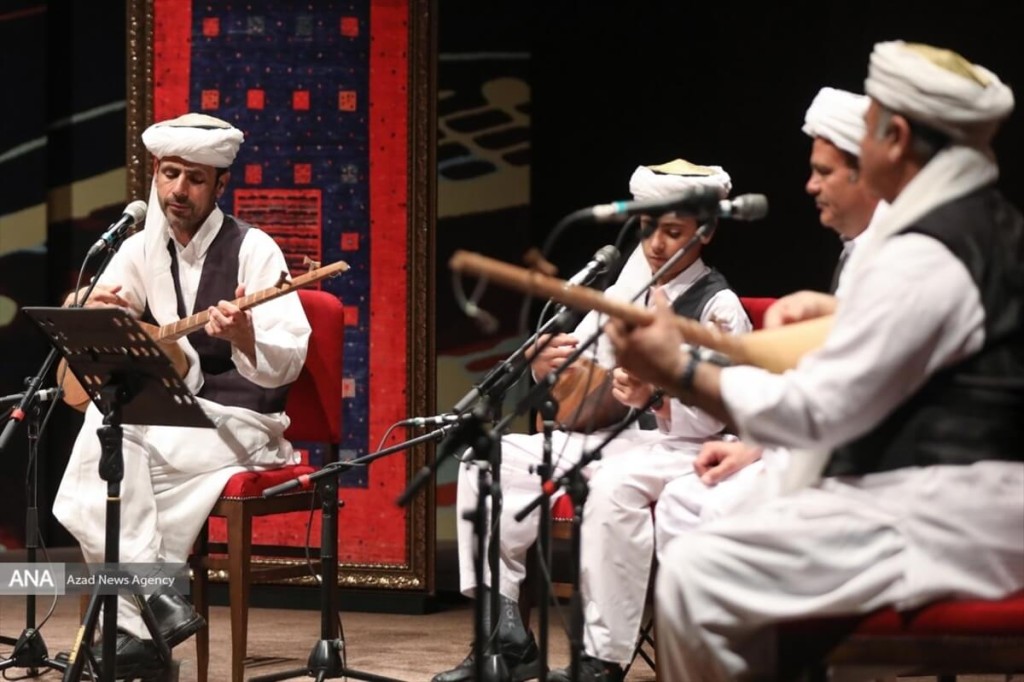
The music of Bakhshis of Khorasan is considered the cultural identity of the people of this region. It can be very fascinating to come to know and understand this type of music for researchers, tourists, and music lovers. It’s a specially enjoyable tourism opportunity for enthusiasts of Iranian art and culture.
Khorasan, the Cradle of Music of Bakhshis of Khorasan, Iran
https://www.youtube.com/watch?v=TSRNKUL8MnU
Video courtesy of UNESCO’s YouTube Channel
Today there are three provinces of Northern Khorasan, Southern Khorasan and the Razavy Khorasan in Iran. Traditionally, there has been a historical region mostly spread across modern-day Afghanistan, eastern Iran and parts of Tajikistan, Turkmenistan, and Uzbekistan. It’s gained a reputation as the Sun of the East.
Accommodating a multitude of unique shrines and burial memorials of eminent figures and poets, Khorasan has become one of the unparalleled regions with tourist attractions inviting numerous fans of original Iranian music. Since the Khorasan region is the motherland of this type of music, some call it the Florence of Iran.
Among various genres of the ancient music of this region, the music of the Bakhshis of Khorasan is one of the musical forms within the traditional and Maqam system of Iranian music. Like other Maqams of Folkloric music, the music of Bakhshis of Khorasan has emerged from the life of migrating nomads (of Kurdish and Turkish origins) and villagers. The intellectual value of this music has been high enough to be registered by UNESCO as one of a series of intangible Iranian music properties.
What leaves an unforgettable impression in one’s memory is the experience of listening to such music in person where it’s played. Many enjoy taking part in their special circles, particularly while making musical instruments by using different types of wood. This music is accompanied by the peculiar style of the minstrel, and shout as well as ups and downs that have strikingly coordinated music with improvisation. Many of the musicians of this genre are sometimes so deeply inundated with their own music and song that continue singing without noticing their fingers are cut by the instrument’s strings.
Dotar, A love Icon in the Music of Bakhshis of Khorasan
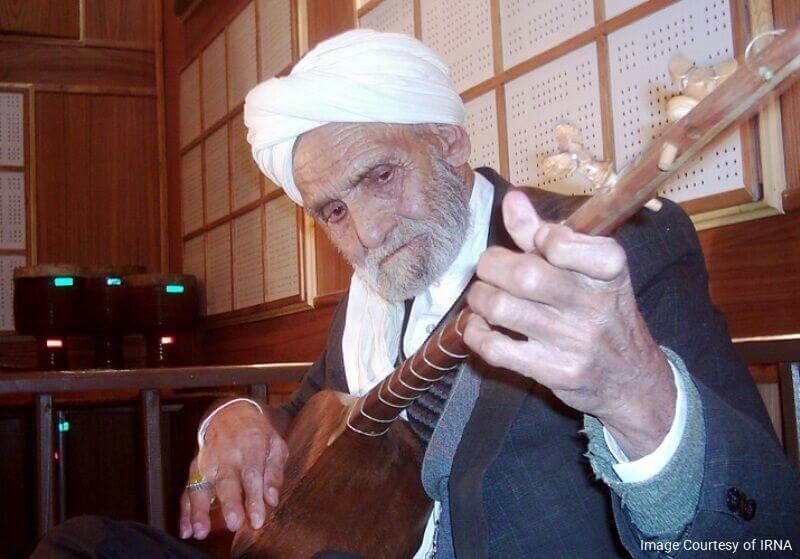
What distinguishes this type of music from others is its instrument, “Dotar”. As the name implies (do: two & tar: string), it has got only two strings for playing, a couple regarded as male and female. The musician creates delightful melodies (Nava) that sit in the listeners’ memory forever. One of the most famous songs in the music of Bakhshis of Khorasan is called “Navaee”. The wonderful tune of this style of music in the Maqam system of Iranian music, you should listen to this song!
History and content of Music of Bakshis of Khorasan
The history and creators of this type of music are unknown to us. According to the existing evidence, this traditional music of Iran has existed since ancient times and has been handed over to us from masters to pupils by our forefathers. The generation-to-generation transfer of this art has enriched it dramatically and given it a particular status. In the past, the singers of the music of Bakhshis of Khorasan were mainly farmers. Originally, it was sung by men while working on the farms or during resting intervals for various reasons and conveyed content like:
- Detailed stories,
- Incidents and accidents,
- Maxims,
- Inaccessibility of the beloved,
- Complaints about the oppression,
- Mystic state, and
- Other human emotions.
This style of singing is a kind of minstrel in Turkish, Kurdish and Khorasani version of Persian. Later, it found its way to family circles, funerals, parties and even for the healing of the patients. Today, the situation is different. It has turned into a type of Maqami music for happy occasions and Iran’s cultural heritage. Nowadays individuals and bands sing it for all ages. Famous bands playing the music of Bakhshis of Khorasan are invited to perform in various concerts across the world these days. Such musicians have obtained valuable titles for their unique and beautiful arts.
What It Takes to Become a Bakhshi Musician & Singer
From singers and Khorasan people’s points of view, one won’t become a Bakhshi artist if he merely has got mastery over performing as a singer and musician. To become a true Bakhshi music artist, you will have to have all the skills of making Dotar, performing the music, singing songs, improvisation, storytelling and composing poems.
As the word “Bakhshi” is rooted in “Bahshesh” meaning “giving” or “gift”, people believe that only God may give you such a gift to become such an artist. The performer should be essential in a high artistic, spiritual and mystical position. Therefore, such performers are highly respected and valued among the Khorasan people. Oftentimes, the singers of this style of music are elderly gray-bearded men of this region.
Take a trip to Khorasan, the Motherland of Maqami Music
You can explore the musical instrument workshops during your trip to Khorasan region and visit the cities and towns like Bojnourd, Torbat-e Jaam, Shirvan, Quchan, Esfarayen, Dar-e Gaz, etc. When you travel to North East of Iran, Khorasan provinces, remember to visit the bakhshis’ music singers who sing of love, people, religion, and history in purple-color saffron fields. Also keep in mind that it will be quite rewarding to participate in Bakhshi musician circles, listen to the sound of their hand-made instruments and let this music tie your hearts and soul to the Eastern magic.
For more articles on Iranian culture inscribed in UNESCO, go to:



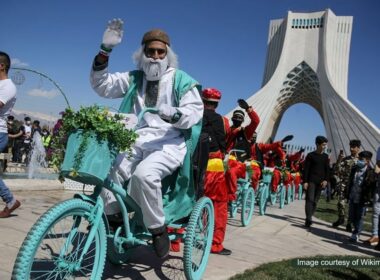

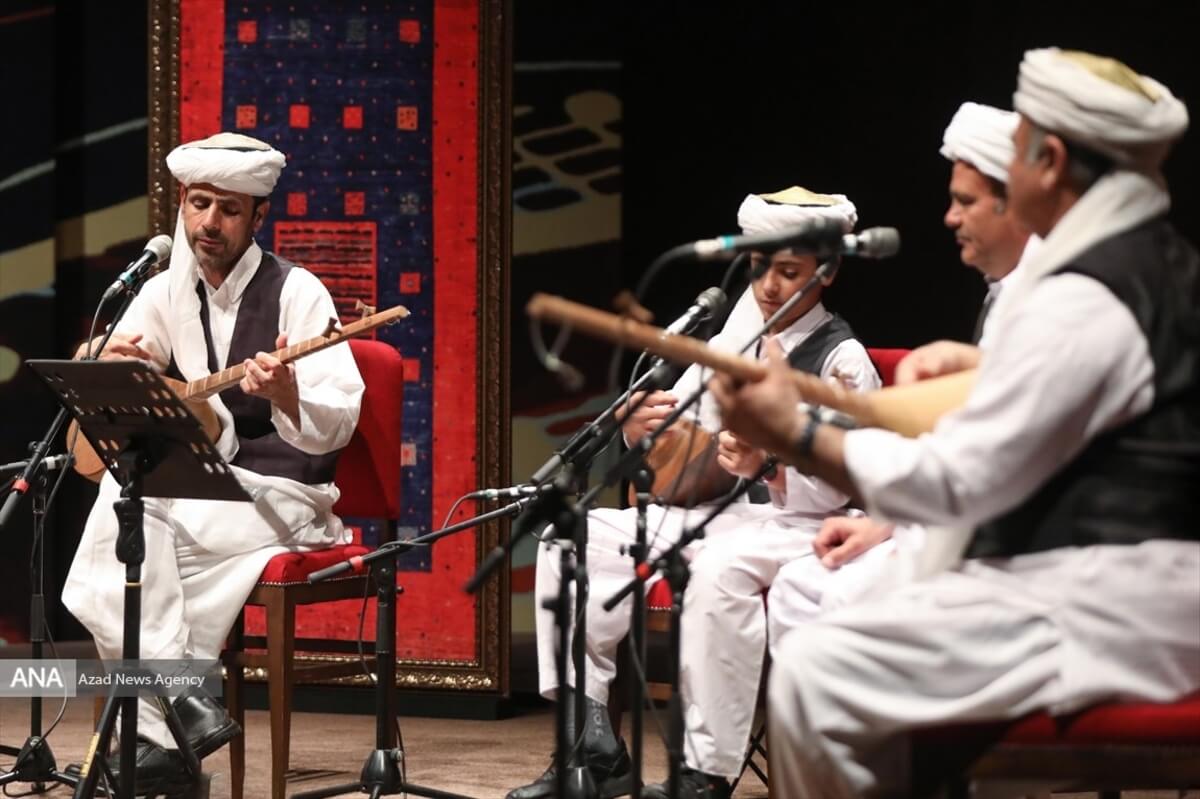

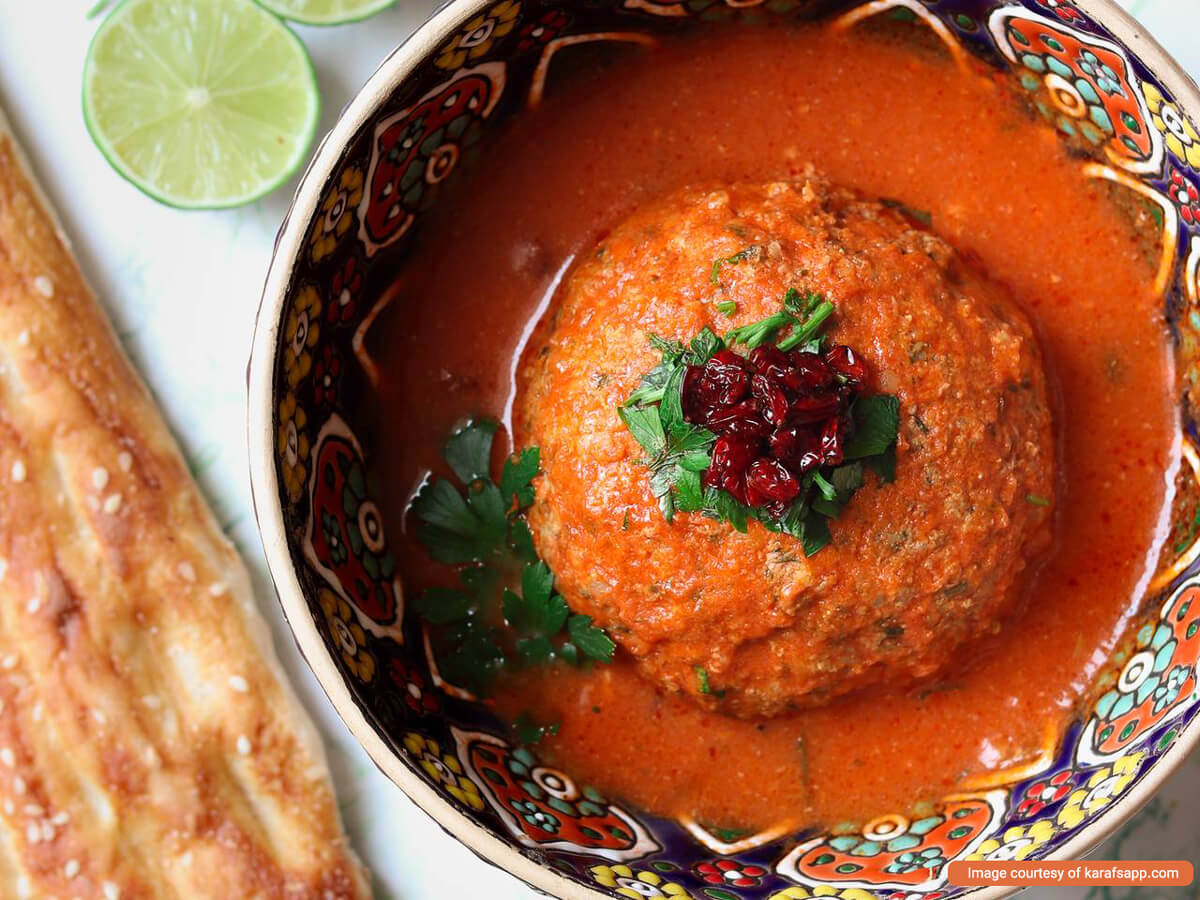
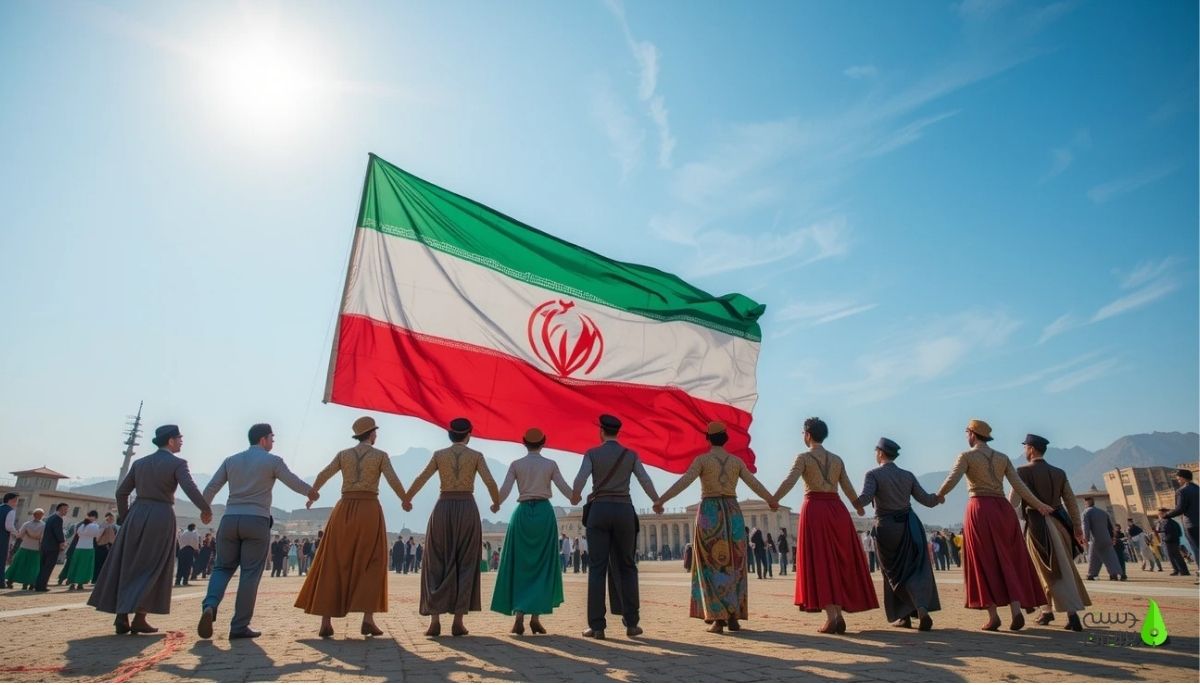
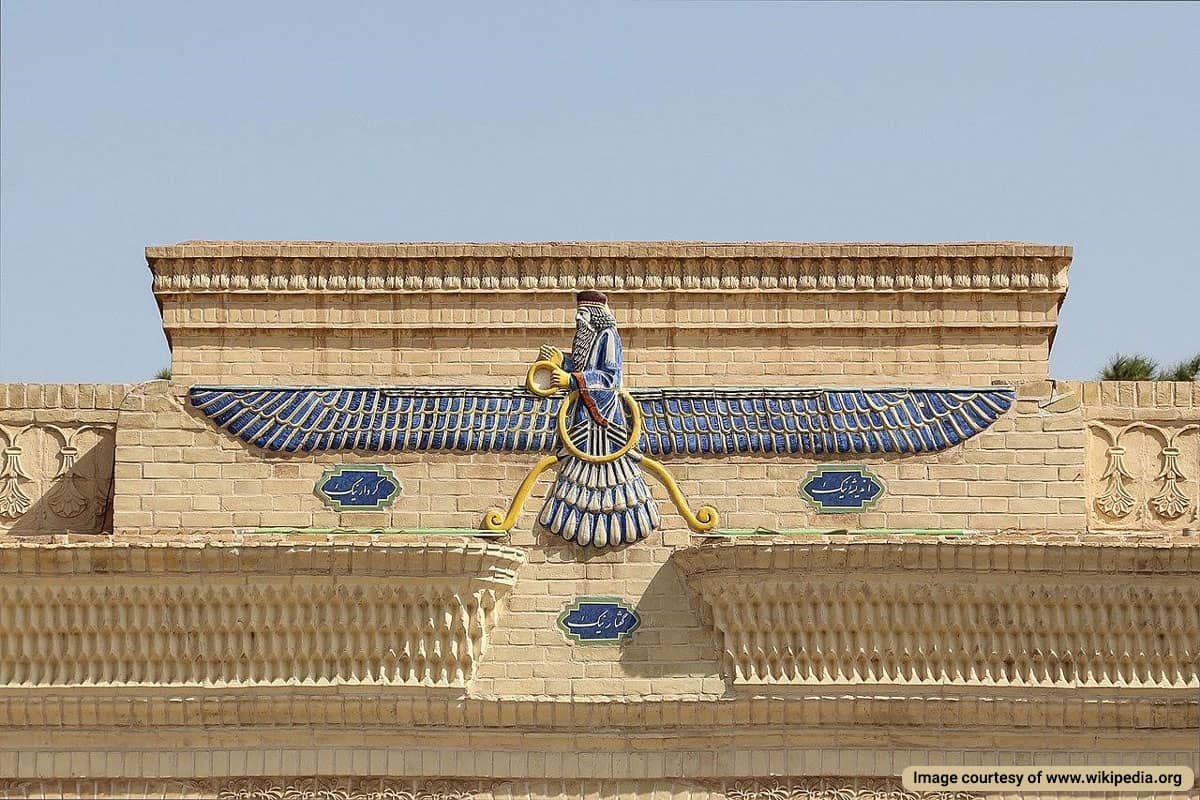
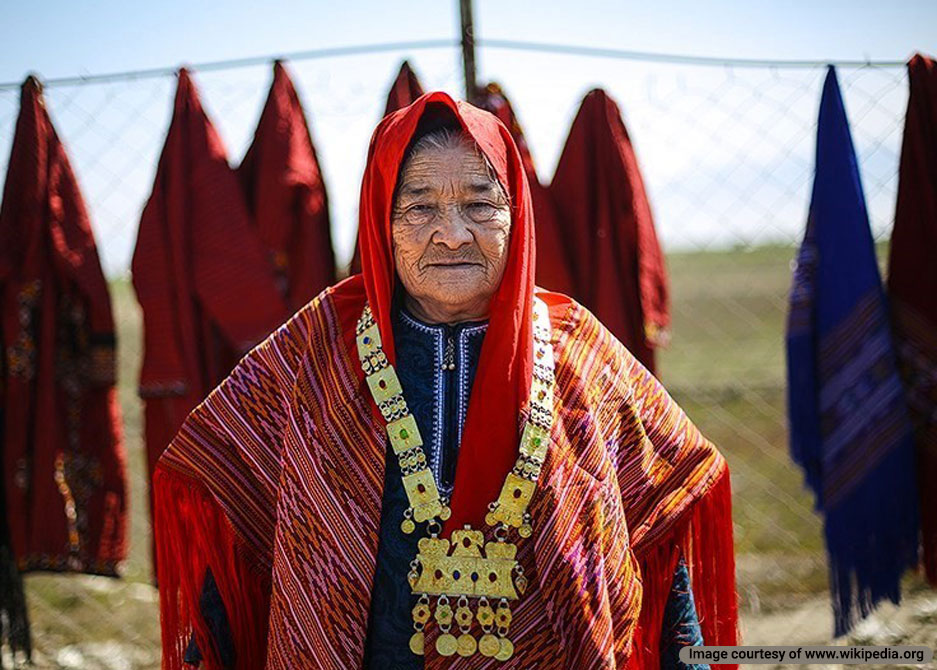
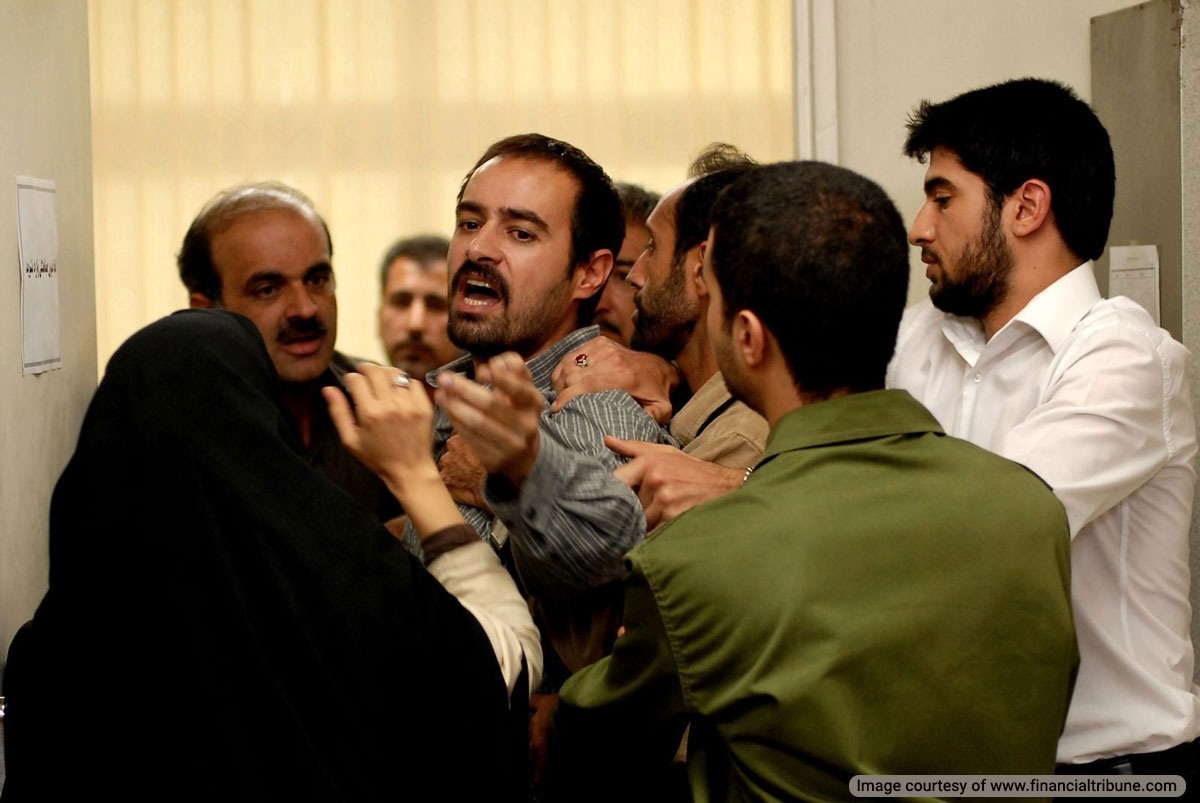


I like this type of information because you always can learn some interesting new knowledge and at the same time revive the knowledge you already know.